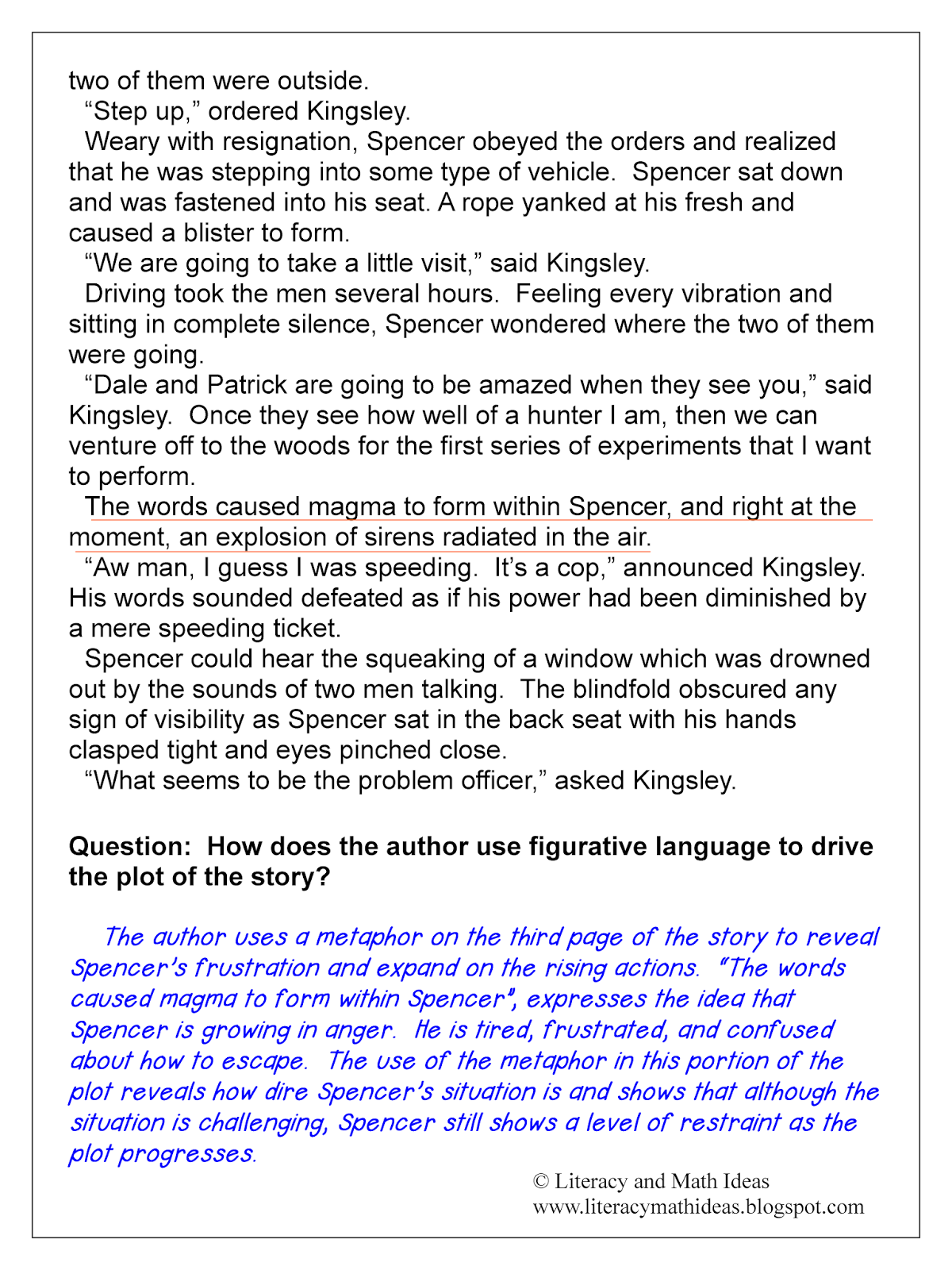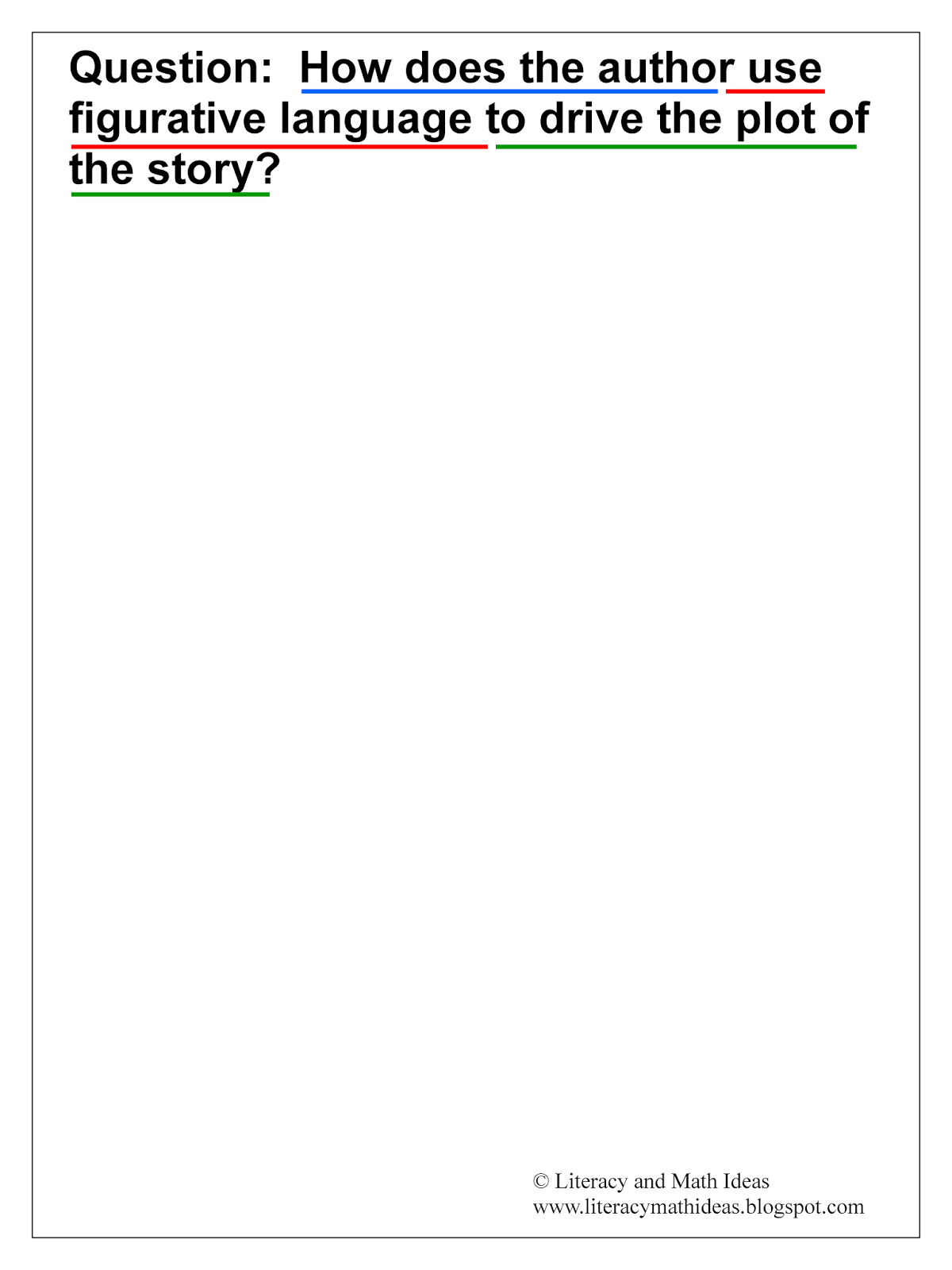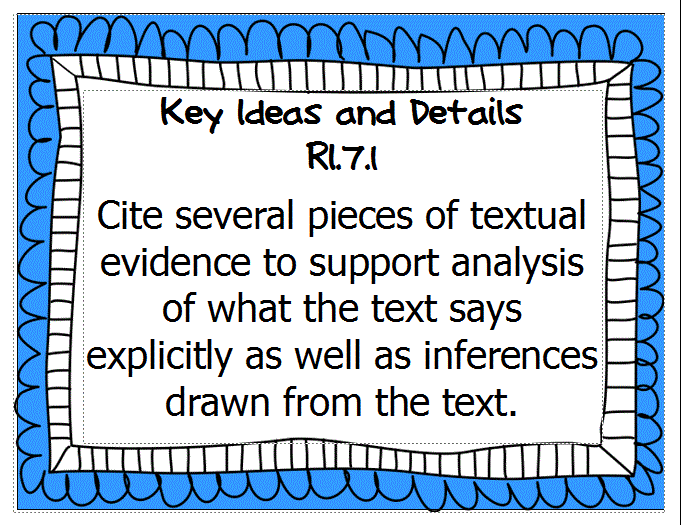One of the greatest changes to assessments is the shift from what to why and how. A student that knows that an author uses figurative language or literary devices does not always understand how these writing tools contribute to meaning.
Not only will students be expected to interpret the meaning of reading passages on Common Core assessments, they will sometimes be asked how an author achieves characterization, the tone of the text, persuasion, etc. This level of analysis requires an even deeper level of understanding of the tools authors use to convey meaning.
Don't worry, this blog post is here to help.
At the lower grade levels, students are not expected to know the words syntax or diction. A general understanding about how authors convey ideas is what students need to know.
Diction
Diction means the words an author uses to convey ideas to a reader. Similes, metaphors, imagery, personification, etc., all fall under this category.
When students closely read text, they should look for these literary devices and explain how they contribute to meaning. Some possible student responses could include:
- "The author uses personification to help the reader imagine what it was like in the forest."
- "The metaphor 'as slow as a turtle' in line three helps the reader understand why Devin was so upset with his brother. It was because he was moving to slow."
Syntax
Syntax is the way that words are arranged in a sentence. In early grade levels, students learn about the different types of sentences which includes:
- declarative(a sentence that makes a statement)
- interrogative (a sentence that asks a question)
- imperative (a sentence that gives a command)
- exclamatory (a sentence that expresses strong feeling)
Writers of speeches or persuasive articles often use imperative sentences to call listeners or readers to action.
When students analyze diction and syntax, they are able to deepen their understanding of what they read.













.gif)





.gif)
+back+to+school+version+2.gif)










.gif)




+figurative+language+task+cards.png)













